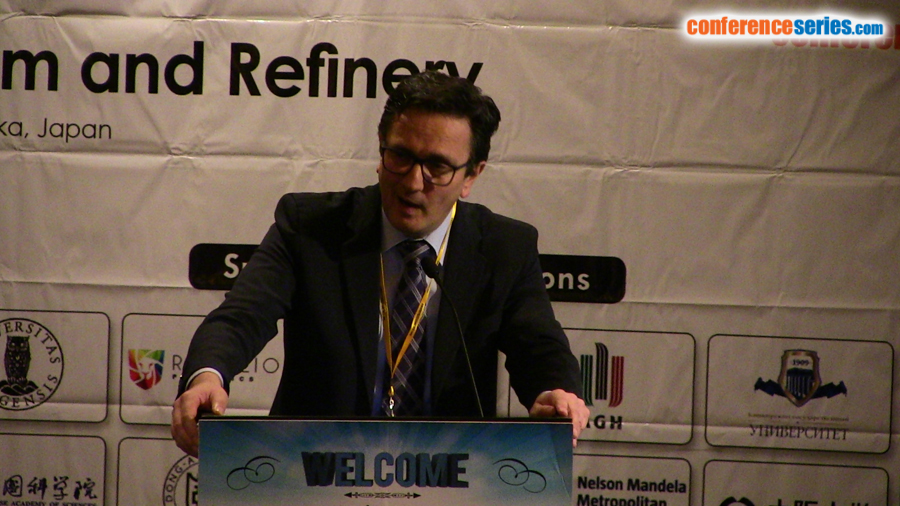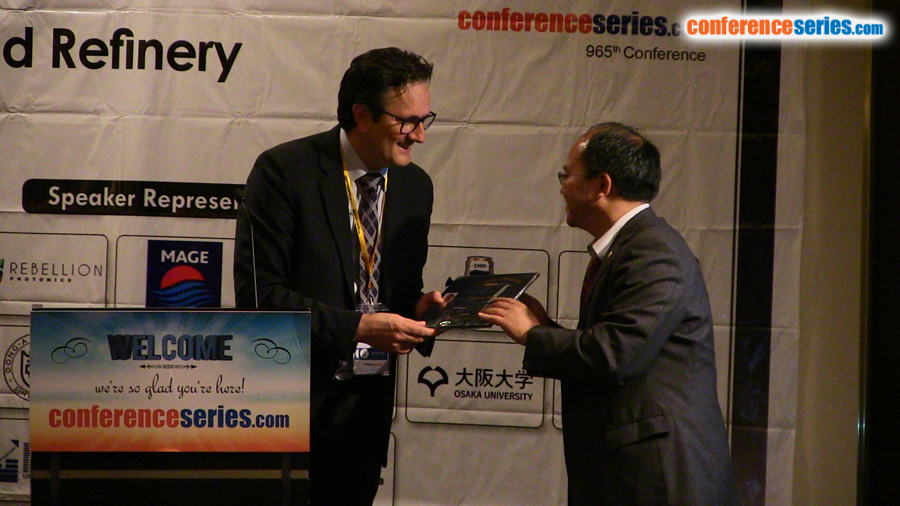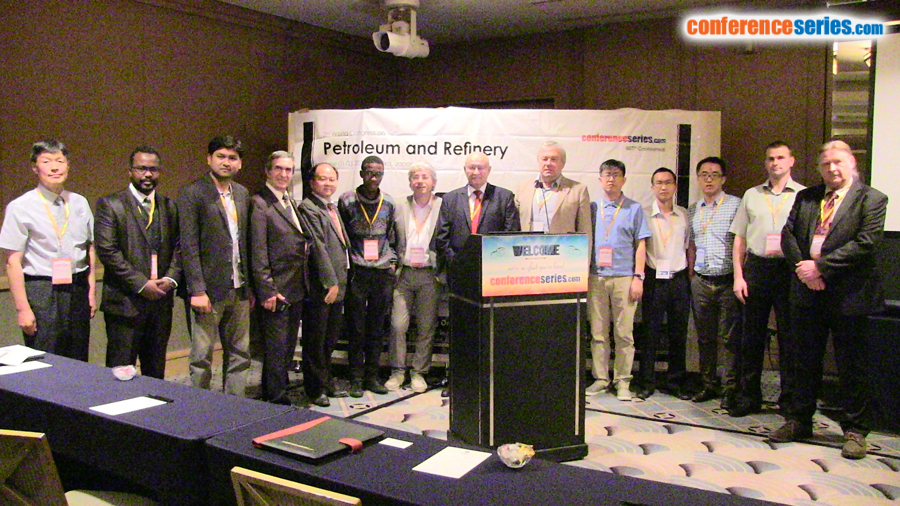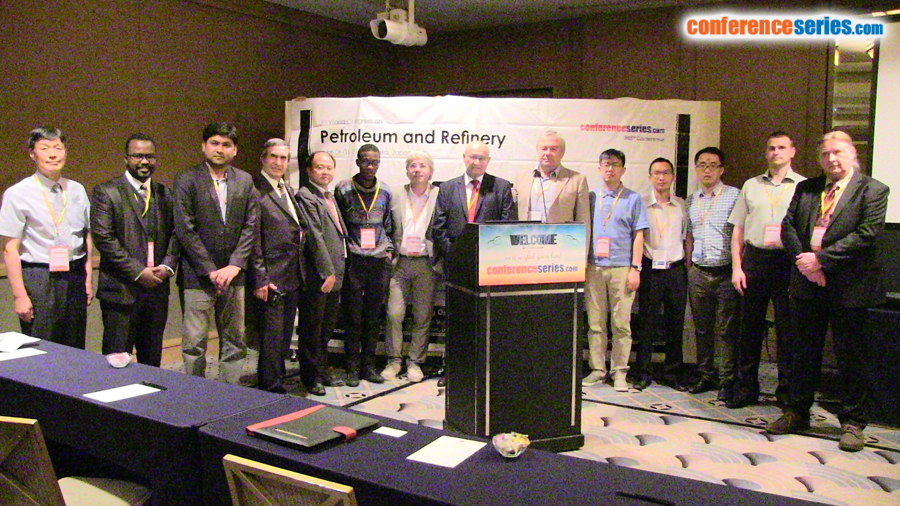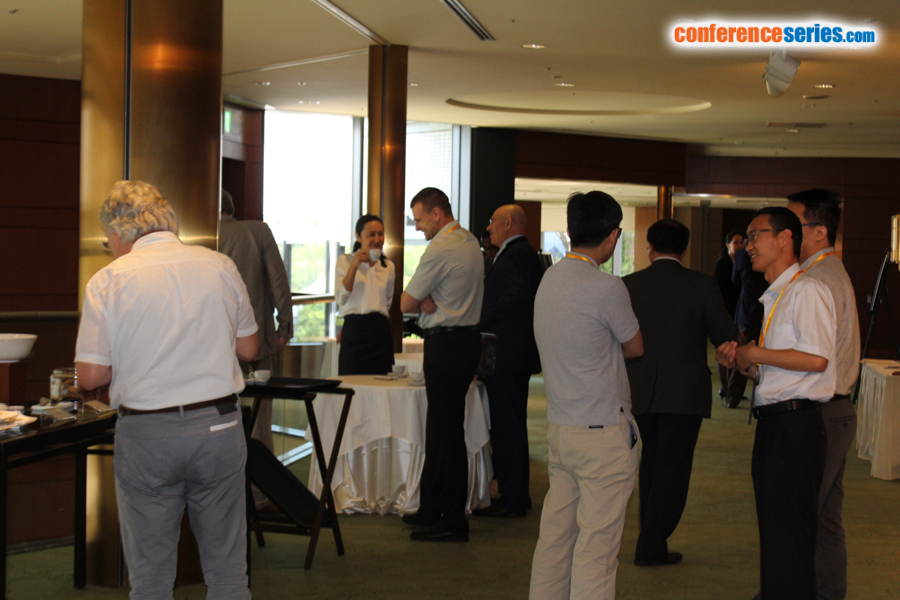
Fabrizio Paolacci
Roma Tre University, Italy
Title: A probabilistic risk assessment of process plants under seismic loading
Biography
Biography: Fabrizio Paolacci
Abstract
The vulnerability of the urbanized territory against Na-Tech events represents a strategic issue because of the general unpreparedness of the countries in predicting effects and consequences in the aftermath of a disaster. Unfortunately, despite the continuous evolution of the knowledge on this matter there is lack of information about possible procedures to predict damage propagation within a process plant and in the surrounding areas and the quantification of the risk under Na-Tech events. The effects of earthquakes on chemical plants may be important, as demonstrated by the recent 2011 Tohoku Earthquake, where many industrial plants suffered to important damages and losses. It is known that the classical Quantitative Risk Assessment (QRA) methods cannot be applied to evaluate consequence in case of earthquakes, because of the presence of multi-damage conditions in more than one equipment and generation of multiple-chains of events and consequences. In literature, several attempts to modify the classic QRA approach have been formalized but without converging toward a unified approach. In this paper, a new tool for the probabilistic risk assessment of process plants under seismic loading is proposed, which is based on Monte Carlo simulations. In particular, starting from the seismic hazard curve of the site, a multi-level approach is proposed, in which the first level is represented by the components seismically damaged, whereas the following levels are treated through a classical consequence analysis, but including propagation of multiple simultaneous and interacting chains of accidents. The procedure has been implemented in the PRIAMUS software, which assumes that the accident may be represented by a sequence of propagation levels. With a series of automatically generated samples of damage propagation scenarios, the risk of the plant can be easily quantified. The application to a petrochemical plant shows the potentiality of the method and envisages possible further evolutions.


